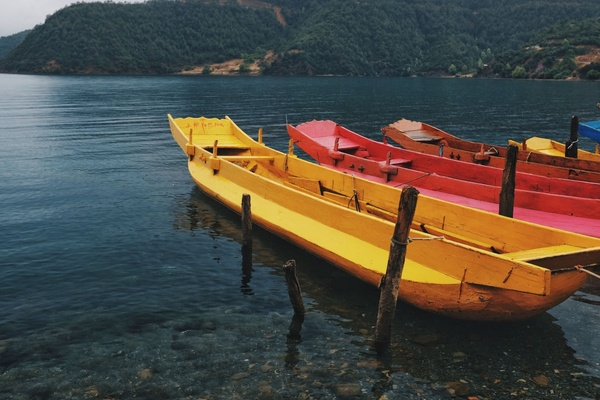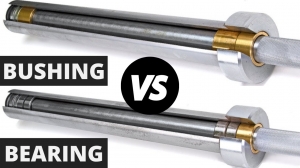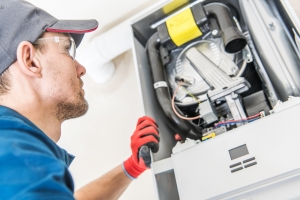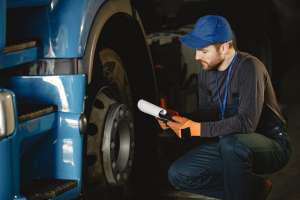Moving in Hawaii inevitably involves transporting boats between marinas. When relocating boats for a move between islands, proper planning ensures your vessel stays safe and secure.
This guide covers key types of boat transportation in Hawaii along with tips for choosing a qualified transporter and preparing your boat to hit the open seas.
Methods for Transporting Boats in Hawaii
Several options exist for moving boats around and between the Hawaiian Islands:
Trailering on Your Own
For smaller powerboats, jet skis, and other trailerable vessels, do-it-yourself trailering is an option if you have the proper vehicle and experience. This allows you to transport at your own pace without a transport company. However, newbies may prefer hiring professionals.
Professional Overland Transport
Most privately-owned boats under 40 feet rely on professional hauling companies to transport over land. Flatbed trailers and rollback tow trucks safely secure boats during transport on highways between marinas.
Overland transport must abide by road restrictions. The maximum width is typically 12 feet, and the maximum height of 13.5 feet. Low overpasses require careful route planning.
Delivering Under Own Power
Larger seaworthy boats can cruise to new marinas or islands under their own power. But this requires thoroughly planning routes, fuel stops, and contingency plans for weather. An extra crew or a licensed captain may be needed for long distances.
Yacht Transport Ship
For large luxury yachts exceeding 50 feet, hiring a specialty yacht transport ship is the best option. These vessels safely carry yachts across open oceans between islands and even overseas. But costs range from tens of thousands to millions of dollars depending on the yacht size.
Selecting a Reliable Hawaii Boat Transport Company
Choosing the right transporter is critical for protecting your prized vessel when moving between Hawaii's islands. Follow these tips for identifying quality companies:
Verify Licenses and Credentials
Start by ensuring transporters have valid licenses and insurance to operate in Hawaii. Ask to see their DOT and MC authority numbers. Request proof of marine cargo and liability insurance certificates. Legitimate transporters will readily provide documentation.
Research Experience and Reviews
Look for transporters specializing in boat moves within Hawaii. They should understand route planning on the islands. Check online reviews and testimonials to gauge the quality of service and reliability. Consistent negative feedback is a red flag.
Understand the Quoting Process
Reputable transporters will provide clearly defined quotes after reviewing details about your boat. Beware of quotes that seem suspiciously low compared to other estimates. Ask lots of questions to understand what is and isn't included.
Ask About Handling Challenging Conditions
Hawaii's marine environments can present transport challenges. Inquire about their experience navigating channels, marinas, and open waters around the islands. Ask how they handle adverse weather, breakdowns, or other unexpected scenarios. The responses will reveal their expertise.
Preparing Your Boat for Transport
To avoid damage, properly prepare your boat before handing over to transporters:
- Remove all loose items and personal belongings
- Secure anything remaining like canvas and hatches
- Clean the boat thoroughly inside and out
- Disconnect or secure batteries as advised
- Drain fuel tanks and water systems
Following all guidelines from your transport company ensures your boat is transport-ready to arrive safely at its new Hawaiian marina. Do your due diligence to find a transporter committed to safely navigating Hawaii's waterways. Entrusting your boat to experts means you can sit back and enjoy island vibes, knowing it's in good hands.
Conclusion
Transporting your boat to a new Hawaiian island requires thoughtful preparation and finding the right transport provider for your vessel. Take time to clean and secure your boat to make it transport-ready. Vet potential transport companies thoroughly based on credentials, experience, and service record. For smaller boats, trailering yourself is an option if properly equipped. Larger vessels may require specialty transport ships or crews.
Adjust timelines and transport plans as needed to account for potential delays from Hawaii's marine conditions. Build in contingencies. With a reliable transporter secured, your boat will arrive safely at its new island marina. Then you can fully embrace island life, knowing your vessel is ready for adventure across paradise. Smooth seas ahead!






